7 Essential Books on Optimism
What the love of honey has to do with ancient wisdom, our capacity for hope, and the future of technology.
Every once in a while, we all get burned out. Sometimes, charred. And while a healthy dose of cynicism and skepticism may help us get by, it’s in those times that we need nothing more than to embrace life’s promise of positivity with open arms. Here are seven wonderful books that help do just that with an arsenal ranging from the light visceral stimulation of optimistic design to the serious neuroscience findings about our proclivity for the positive.
 THE LITTLE PRINCE
THE LITTLE PRINCE
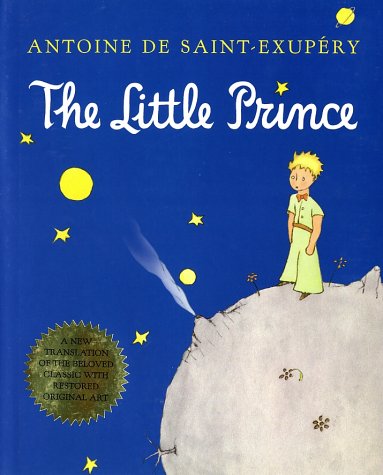 Antoine de Saint-Exupéry’s The Little Prince, one of our must-read children’s books with philosophy for grown-ups, is among the most poetic and hopeful reflections on human existence ever penned. Lyrical, charmingly written and beautifully illustrated, it sweeps you into a whirlwind of childhood imagination to peel away at the deepest truths about the world and our place in it.
Antoine de Saint-Exupéry’s The Little Prince, one of our must-read children’s books with philosophy for grown-ups, is among the most poetic and hopeful reflections on human existence ever penned. Lyrical, charmingly written and beautifully illustrated, it sweeps you into a whirlwind of childhood imagination to peel away at the deepest truths about the world and our place in it.
Here is my secret. It is very simple: It is only with the heart that one can see rightly; what is essential is invisible to the eye.”
Published in 1943, translated into 180 languages since and adapted to just about every medium, Exupéry’s famous novella is one of the best-selling books of all time. More importantly, it’s one of the most important handbooks to being a thoughtful, introspective and, yes, hopeful human being.
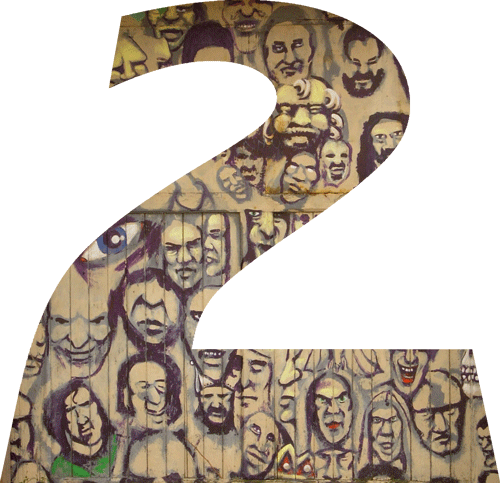 LEARNED OPTIMISM
LEARNED OPTIMISM
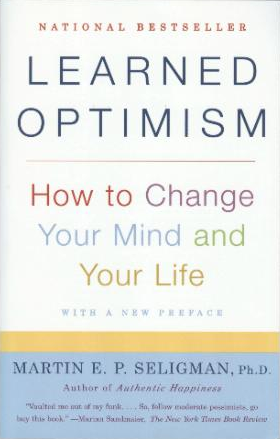 Martin Seligman is a Brain Pickings regular — known for his research on learned helplessness and revered as the father of positive psychology, his Authentic Happiness is one of the 7 most essential books on the art and science of happiness, and his Flourish made our 2001 Summer Reading List. But his second book, originally published over 20 years ago, remains one of his most influential. Learned Optimism: How to Change Your Mind and Your Life does away with the usual cliches of the self-help genre to deliver a clinical researcher’s crisp prescription for developing the cognitive skills necessary for transcending pessimism, which Seligman argues is fully escapable.
Martin Seligman is a Brain Pickings regular — known for his research on learned helplessness and revered as the father of positive psychology, his Authentic Happiness is one of the 7 most essential books on the art and science of happiness, and his Flourish made our 2001 Summer Reading List. But his second book, originally published over 20 years ago, remains one of his most influential. Learned Optimism: How to Change Your Mind and Your Life does away with the usual cliches of the self-help genre to deliver a clinical researcher’s crisp prescription for developing the cognitive skills necessary for transcending pessimism, which Seligman argues is fully escapable.
As you read this book, you will see that there is an epidemic of depression among young adults and among children in the United States today. [Depression] is not just about mental suffering; it is also about lowered productivity and worsened physical health. If this epidemic continues, I believe America’s place in the world will be in jeopardy. America will lose its economic place to less pessimistic nations than ours, and this pessimism will sap out our will to bring about social justice in our own country.” ~ Martin Seligman, 1990
From a fascinating background on the study and psychology of optimism to hands-on tests you (and your child) can do at home to tangible metrics for your progress, the book is a powerful blueprint for reforming your deepest pessimistic tendencies, whether you consider them mild, moderate or profoundly severe.
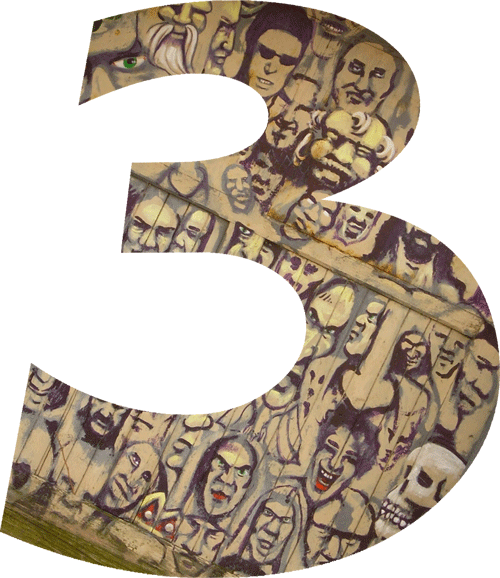 EVERYTHING IS GOING TO BE OK
EVERYTHING IS GOING TO BE OK
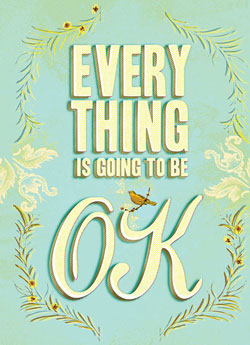 In a world brimming with cynicism, it’s a rare and wonderful occasion to find an oasis of sincerity and optimism. That’s exactly what you’ll find in Everything Is Going To Be OK— a delightful pocket-sized anthology of positive artwork from a diverse lineup of independent and emerging artists, designers and illustrators, including Brain Pickings favorites Marian Bantjes, Marc Johns and Mike Perry. The project is an invitation to look at existential truisms with new eyes in a context of honesty and simplicity, delivered through such outstanding graphic design that the medium itself becomes part of the charm of the message.
In a world brimming with cynicism, it’s a rare and wonderful occasion to find an oasis of sincerity and optimism. That’s exactly what you’ll find in Everything Is Going To Be OK— a delightful pocket-sized anthology of positive artwork from a diverse lineup of independent and emerging artists, designers and illustrators, including Brain Pickings favorites Marian Bantjes, Marc Johns and Mike Perry. The project is an invitation to look at existential truisms with new eyes in a context of honesty and simplicity, delivered through such outstanding graphic design that the medium itself becomes part of the charm of the message.
Reviewed in full, with more images, here.
 THE OPTIMISM BIAS
THE OPTIMISM BIAS
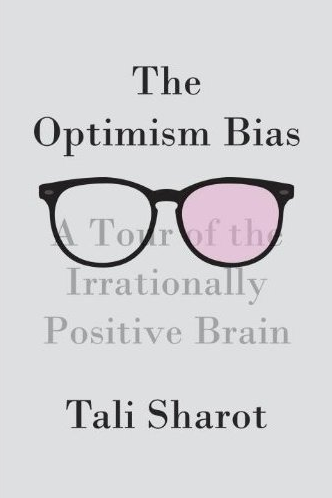 The reason pessimism is easily escapable, as Martin Seligman posits, might just be that its opposite is our natural pre-wired inclination. At least that’s the argument British neuroscientistTali Sharot makes in The Optimism Bias: A Tour of the Irrationally Positive Brain — a fascinating yet accessible exploration of how and why our brains construct a positive outlook on life even in the direst of circumstances.
The reason pessimism is easily escapable, as Martin Seligman posits, might just be that its opposite is our natural pre-wired inclination. At least that’s the argument British neuroscientistTali Sharot makes in The Optimism Bias: A Tour of the Irrationally Positive Brain — a fascinating yet accessible exploration of how and why our brains construct a positive outlook on life even in the direst of circumstances.
Sharot has been studying “flashbulb memories” — recollections with sharp-edged, picturelike qualities, usually about unexpected arousing or traumatic events — since the 9/11 attack, investigating why the brain tends to “Photoshop” these images, adding contrast, enhancing resolution, inserting and deleting details. This phenomenon led her to probe deeper into the neural system responsible for recollecting these episodes from our past — a system that, contrary to previous belief, hadn’t evolved just for memory but to also imagine the future. These shared neural networks gleaned insight into how the brain generates hope, why we’re able to move forward after trauma, and what makes the brains of optimists different from those of pessimists.
In this book, I argue that humans do not hold a positivity bias on account of having read too many self-help books. Rather, optimism may be so essential to our survival that it is hardwired into our most complex organ, the brain.” ~Tali Sharot
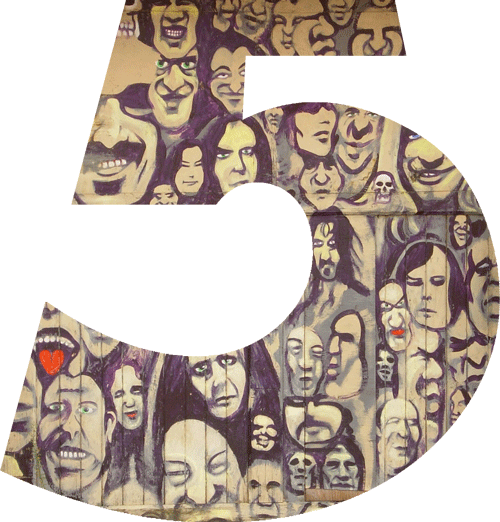 AN OPTIMIST’S TOUR OF THE FUTURE
AN OPTIMIST’S TOUR OF THE FUTURE
 After life threw comedian Mark Stevenson a curveball that made him face his own mortality, he spent a year traveling 60,000 miles across four continents and talked to scientists, philosophers, inventors, politicians and other thought leaders around the world, looking for an antidote to the dystopian visions for the technology-driven future of humanity so pervasive in today’s culture. He synthesized these fascinating insights in An Optimist’s Tour of the Future: One Curious Man Sets Out to Answer “What’s Next?” — an illuminating and refreshingly hopeful guide to our shared tomorrow.
After life threw comedian Mark Stevenson a curveball that made him face his own mortality, he spent a year traveling 60,000 miles across four continents and talked to scientists, philosophers, inventors, politicians and other thought leaders around the world, looking for an antidote to the dystopian visions for the technology-driven future of humanity so pervasive in today’s culture. He synthesized these fascinating insights in An Optimist’s Tour of the Future: One Curious Man Sets Out to Answer “What’s Next?” — an illuminating and refreshingly hopeful guide to our shared tomorrow.
From longevity science to robotics to cancer research, Stevenson explores the most cutting-edge ideas in science and technology from around the world, the important ethical and philosophical questions they raise and, perhaps most importantly, the incredible potential for innovation through the cross-pollination of these different ideas and disciplines.
This is a book that won’t tell you how to think about [the future], but will give you the tools to make up your mind about it. Whether you’re feeling optimistic or pessimistic about the future is up to you, but I do believe you should be fully informed about all the options we face. And one thing I became very concerned about is when we talk about the future, we often talk about it as damage and limitation exercise. That needn’t be the case — it could be a Renaissance.” ~ Mark Stevenson
An Optimist’s Tour of the Future comes as an auspicious yet grounded vision for what we’ve previously explored in discussing the future of the Internet and what the web is doing to our brains.
Full review here.
 LIVE NOW
LIVE NOW
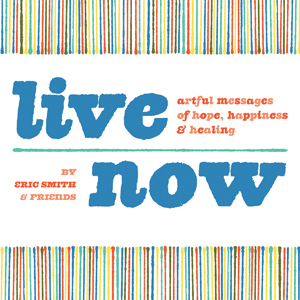 When illustrator Eric Smith was diagnosed with three different types of cancer, he decided to start a collaborative art project inviting people to live in the moment through beautiful, poetic, earnest artwork that celebrates life. This season, the project was published as a book, the candidly titled Live Now: Artful Messages of Hope, Happiness & Healing — an absolute treasure of Carpe Diem gold, also part of our 2011 Summer Reading List, full of stunning illustration and design reminding us of the simple joys available to us, should we choose to turn a deaf ear to our chronic cynicism.
When illustrator Eric Smith was diagnosed with three different types of cancer, he decided to start a collaborative art project inviting people to live in the moment through beautiful, poetic, earnest artwork that celebrates life. This season, the project was published as a book, the candidly titled Live Now: Artful Messages of Hope, Happiness & Healing — an absolute treasure of Carpe Diem gold, also part of our 2011 Summer Reading List, full of stunning illustration and design reminding us of the simple joys available to us, should we choose to turn a deaf ear to our chronic cynicism.
Cancer changed the way I ate, slept, and most importantly the way I live. Before cancer I was like most folks, just cruising along. It was during my treatment, when starting to discover what cancer could give to me — the ability to absorb every moment as if each one were my whole life.” ~Eric Smith
Our full review, with more images, here.
 THE TAO OF POOH
THE TAO OF POOH
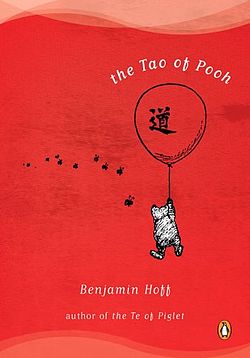 More than a universally beloved children’s classic, Winnie-the-Pooh is also of the most essential children’s books brimming with wisdom for adults. In 1982, Benjamin Hoff synthesized that wisdom with a spin, drawing an allegorical parallel between A. A. Milne’s classic and the Eastern philosophy of Taoism. The Tao of Pooh uses Pooh and his friends to explain the basic principles of Taoism: compassion, moderation and humility. Simple, delightful and wonderfully written, it remains a timeless invitation to a life of quiet happiness, even amidst the relentlessly demanding reality and superficial preoccupations of Western culture.
More than a universally beloved children’s classic, Winnie-the-Pooh is also of the most essential children’s books brimming with wisdom for adults. In 1982, Benjamin Hoff synthesized that wisdom with a spin, drawing an allegorical parallel between A. A. Milne’s classic and the Eastern philosophy of Taoism. The Tao of Pooh uses Pooh and his friends to explain the basic principles of Taoism: compassion, moderation and humility. Simple, delightful and wonderfully written, it remains a timeless invitation to a life of quiet happiness, even amidst the relentlessly demanding reality and superficial preoccupations of Western culture.
‘What’s this you’re writing?’ asked Pooh, climbing onto the writing table
‘The Tao of Pooh,’ I replied.
The how of Pooh?’ asked Pooh, smudging one of the words I had just written.
‘The Tao of Pooh,’ I replied, poking his paw away with my pencil.
‘It seems more like the ow! of Pooh,’ said Pooh, rubbing his paw.
‘Well, it’s not,’ I replied huffily.
‘What’s it about?’ asked Pooh, leaning forward and smearing another word.
‘It’s about how to stay happy and calm under all circumstances,’ I yelled.
‘Have you read it?’ asked Pooh.
Hoff followed up with The Te of Piglet ten years later, a companion book exploring the Chinese concept of Te, often translated as ‘virtue,’ ‘integrity’ or ‘inner power.’
Carry on with these 7 must-read books on the art and science of happiness.
This article is reprinted with permission from Maria Popova. She is a cultural curator and curious mind at large, who also writes for Wired UK, The Atlantic and Design Observer, and is the founder and editor in chief of Brain Pickings (which offers a free weekly newsletter).
SHARE YOUR REFLECTION
6 Past Reflections


On Mar 30, 2013 iza dorable wrote:
You could also add The Urantia Book. It reveals to us what a positively loving Universe we live in, and how exciting our real future is.....besides the History of this little planet.

On Jun 5, 2012 Rach wrote:
'L'homme qui plantait des arbres' by Jean Giono is all about optimism and regeneration.

On Jun 5, 2012 Hulda wrote:
Loveeee the suject... Makes me feel part of the REAL world.

On Jun 5, 2012 r_richardson wrote:
Great list. You could also add How to raise an Optimistic Child and Creating Optimism by Dr Alicia Fortinberry and Dr Bob Murray. Must read.
3 replies: Jheel, Eido_t, Guest | Post Your Reply

On Jun 5, 2012 Ciaran Casey wrote:
You could also add The Starseed Transmissions Quartet & The Prophet.

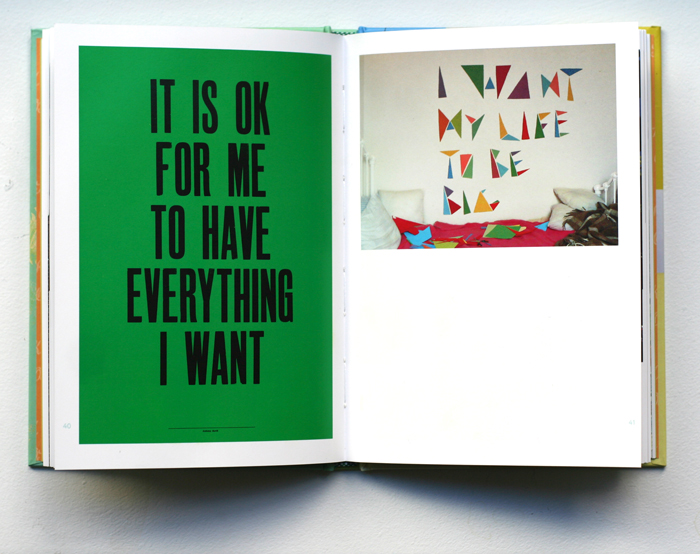

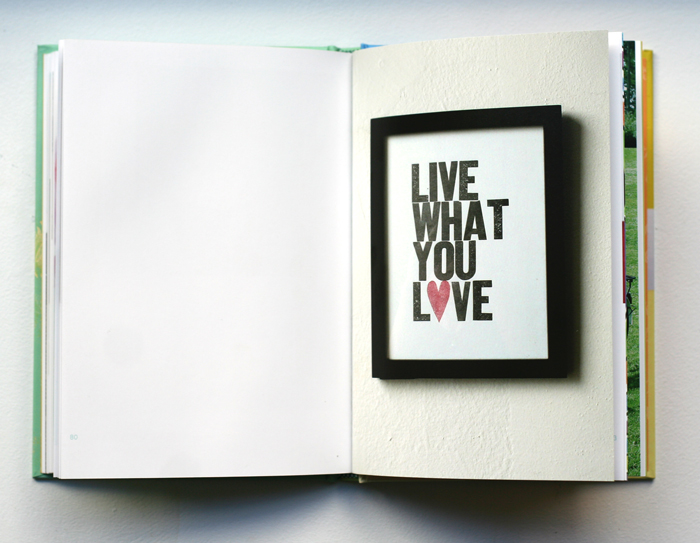
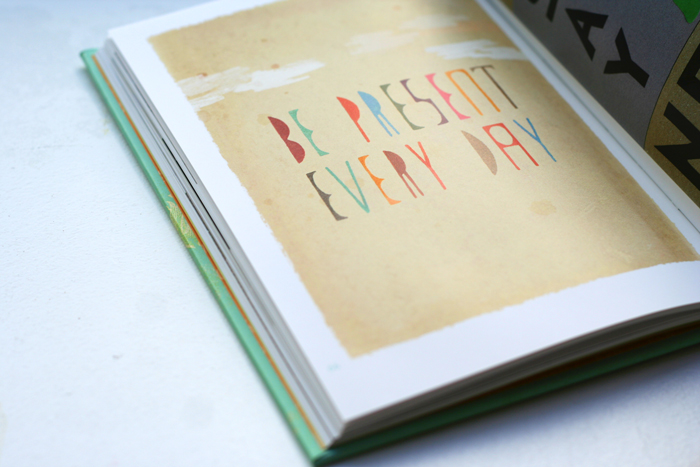

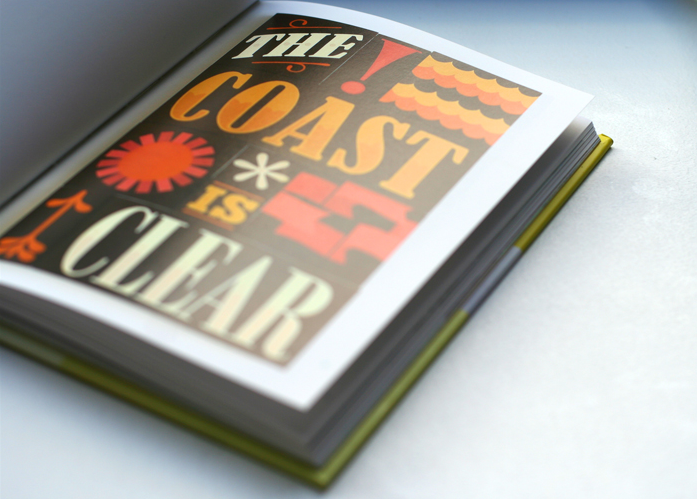
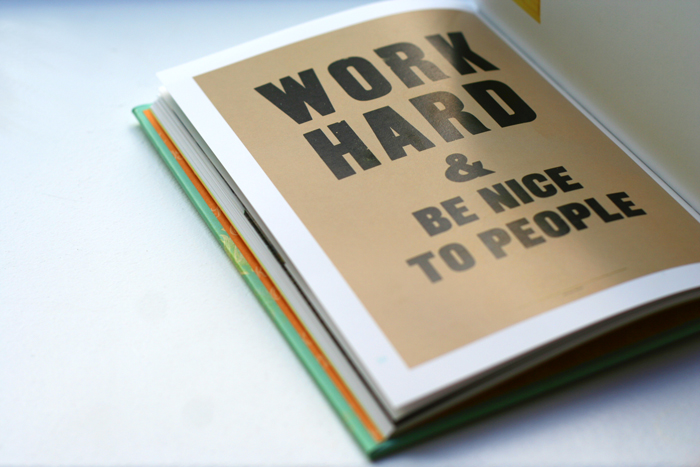


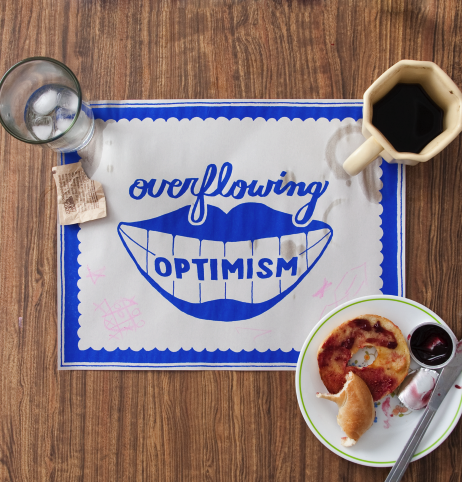
On Oct 19, 2015 Stephen Routledge wrote:
life is so good, george Dawson is another amazing story of positive attitude
Post Your Reply